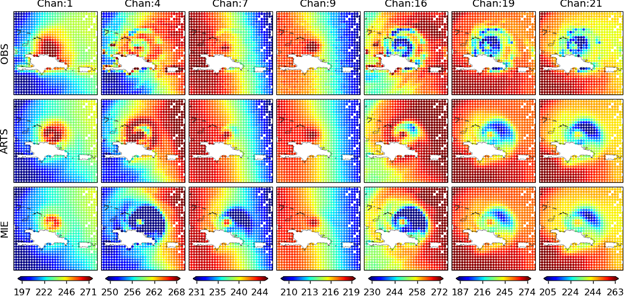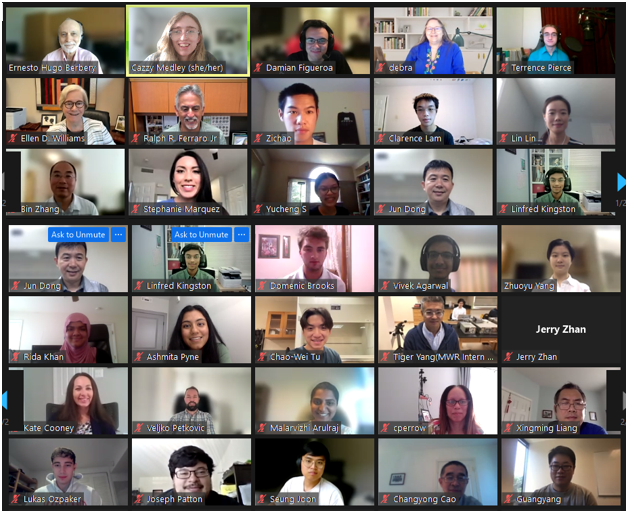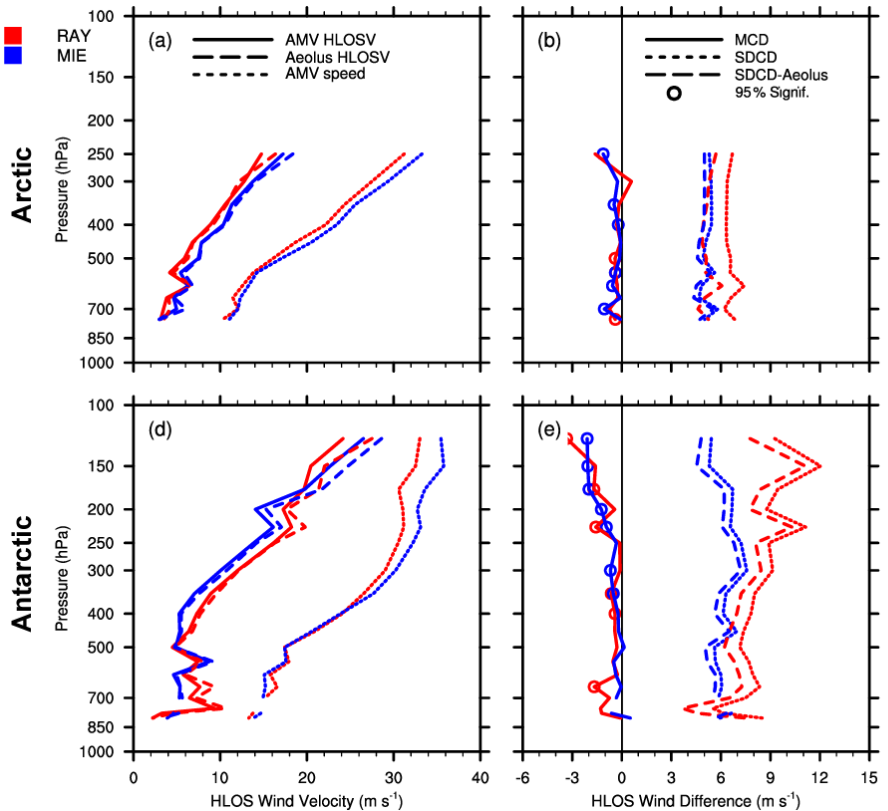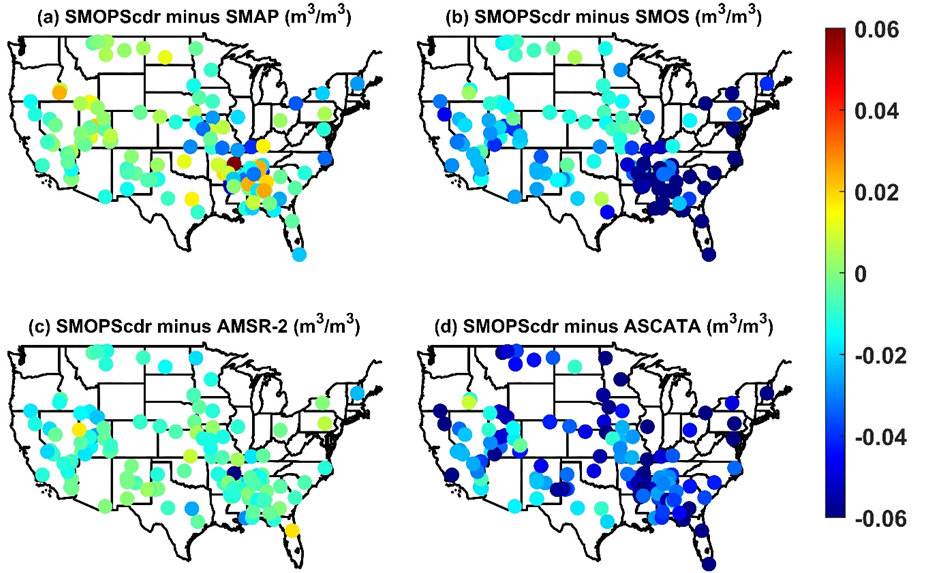
DAWN Project Launches First Phase of an Innovative, Web-based Decision-support Tool
The DAWN tools will enable producers and specialists to improve water use and nutrient management in agricultural operations

The DAWN tools will enable producers and specialists to improve water use and nutrient management in agricultural operations

The University of Maryland today awarded $30 million to 50 projects through its Grand Challenges Grants Program, an institution-wide initiative to tackle major societal issues.
The College of Computer, Mathematical, and Natural Sciences (CMNS) received 16 Grand Challenges grants, five of which include ESSIC scientists.

ESSIC/CISESS had a large presence at the AMS Annual Meeting, held in mid-January in Denver and virtually.

Congratulations to ESSIC Associate Research Scientist Jordan Borak, newly elected Professional-Track Faculty (PTK) representative for the College of Computer, Mathematical, and Natural Sciences (CMNS) on the UMD Senate!

ESSIC/CISESS Scientist Isaac Moradi has a new article from his JPSS PGRR project coming out in the December 27th issue of the Journal of Geophysical Research: Atmospheres.

ESSIC /CISESS Research Scientist Isaac Moradi was recently elected as a member of the University of Maryland Research Council. The Research Council is task force deployed by the University Senate that provides guidance to the UMD Vice President for research on matters such as:

The Mekong’s floodplains are a global biodiversity hotspot sustaining one of the world’s largest inland fisheries. However, two decades of hydropower developments have altered the river discharge and impacted the water available to the floodplains. In particular, the flood pulse — the principal driving force of healthy floodplains — is getting shorter and weaker.

This past summer, ESSIC’s Cooperative Institute for Satellite Earth System Studies (CISESS) welcomed 22 interns to assist in the research of 24 ESSIC/CISESS scientists. Of the interns, three were graduate students, 14 were undergraduates and five were high school students. Several of these students were returning interns from previous semesters.

ESSIC/CISESS Scientists Katherine Lukens (a former CISESS grad student), Kayo Ide, Hui Liu, and Ross Hoffman have a new article in the journal Atmospheric Measurement Techniques about their work with the NOAA/NESDIS Office of Projects, Planning, and Acquisition (OPPA) Technology Maturation Program (TMP). The need for highly accurate atmospheric wind observations is a high priority in the science community, particularly for numerical weather prediction (NWP). To address this need, this study leverages Aeolus wind lidar level-2B data provided by the European Space Agency (ESA) as a potential comparison standard to better characterize atmospheric motion vector (AMV) bias and uncertainty.

ESSIC/CISESS Scientists Jifu Yin, Jicheng Liu and Ralph Ferraro published a new article last month that discussed their work with NOAA’s Soil Moisture Operational Product System (SMOPS). SMOPS is developed by National Oceanic and Atmospheric Administration (NOAA) to provide the real time blended soil moisture (SM) for Numeric Weather Prediction and National Water Model applications.